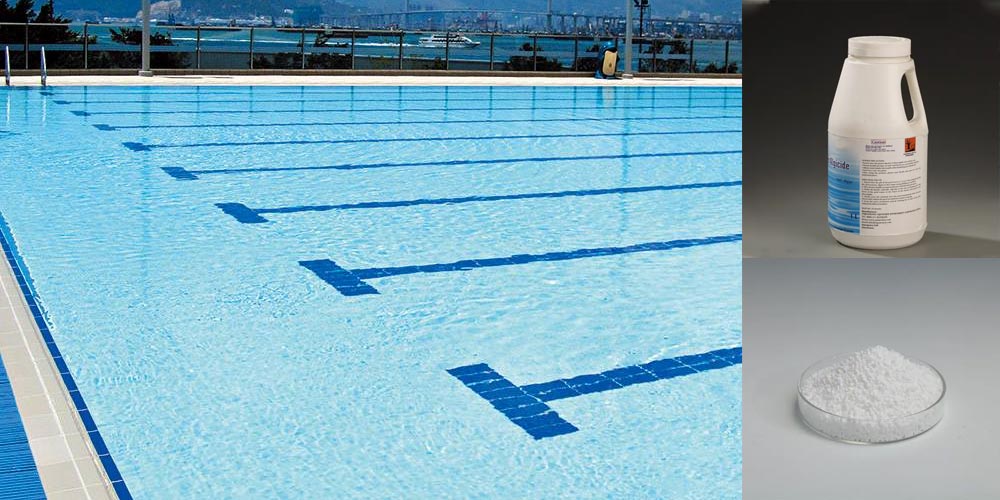Коли йдеться про очищення води в басейні, підтримка чистоти води є надзвичайно важливою. Для досягнення цієї мети ми часто використовуємо два засоби:АльгіцидіХлорХоча вони відіграють схожу роль в очищенні води, насправді між ними існує багато відмінностей. У цій статті ми заглибимося в подібності та відмінності між ними, щоб допомогти вам краще зрозуміти їхні відповідні функції та ефективніше очищувати воду у вашому басейні.
Механізм та характеристики стерилізації
ХлорХлор – це загальна назва сполук Cl[+1], які використовуються для дезінфекції, стерилізації та альгіциду. Він діє, руйнуючи клітинні стінки бактерій та водоростей, впливаючи на синтез їхнього білка та тим самим знищуючи або пригнічуючи їхній ріст. Завдяки своїй потужній стерилизуючій здатності, хлор широко використовується у великих громадських басейнах, водних майданчиках та інших місцях, що потребують ефективної дезінфекції.
АльгіцидНа відміну від хлору, альгіцид в першу чергу призначений для боротьби з водоростями. Його принцип дії полягає в пригніченні росту водоростей шляхом пригнічення поживних речовин, необхідних водоростям, або безпосереднього руйнування клітинної стінки водоростей. Цей засіб більш точно контролює водорості, тому він особливо підходить для таких ситуацій, як домашні басейни, невеликі водойми або комерційні акваріуми, які потребують тривалого підтримки якості води.
Використання та зберігання
Хлор: Хлор зазвичай знаходиться у твердій формі та його легко зберігати та транспортувати. Під час використання користувачам потрібно регулярно додавати воду та вносити корективи відповідно до стану якості води. Операція відносно проста, просто додайте його безпосередньо у воду для дезінфекції та окислення.
Альгіцид: Альгіцид здебільшого випускається у рідкій формі, тому особливу увагу слід приділяти тарі для зберігання та способам транспортування. Під час використання вибирайте спосіб застосування відповідно до типу продукту. Деякі можна додавати безпосередньо у воду, інші потрібно змішувати з водою перед додаванням. Альгіцид підходить для тривалого підтримки якості води.
Вартість та безпека
Хлор: Хлор відносно недорогий, але його часте використання може спричинити подразнення шкіри та очей. Тому необхідно точно контролювати дозування та носити відповідні захисні засоби під час його використання. Сильне сонячне світло або велика кількість купальників можуть призвести до швидкого зниження рівня хлору, що робить підтримку стабільного рівня хлору дуже складним завданням.
Альгіцид: простий у використанні та забезпечує точніший контроль водоростей. На відміну від хлору, його концентрація не коливається різко, і він може стабільно пригнічувати ріст водоростей.
Підсумовуючи, як альгіцид, так і хлор відіграють ключову роль в очищенні води в басейнах. Однак на практиці вибір хімікатів слід визначати на основі конкретних потреб очищення води та умов її якості. Незалежно від того, який засіб ви оберете, обов’язково дотримуйтесь інструкцій з використання продукту та порад фахівців, щоб забезпечити здорову та безпечну якість води. Тільки так ми можемо по-справжньому підтримувати чистоту цього блакитного басейну чи водойми, щоб люди могли насолоджуватися прохолодою під час плавання зі спокоєм.
Час публікації: 10 травня 2024 р.


